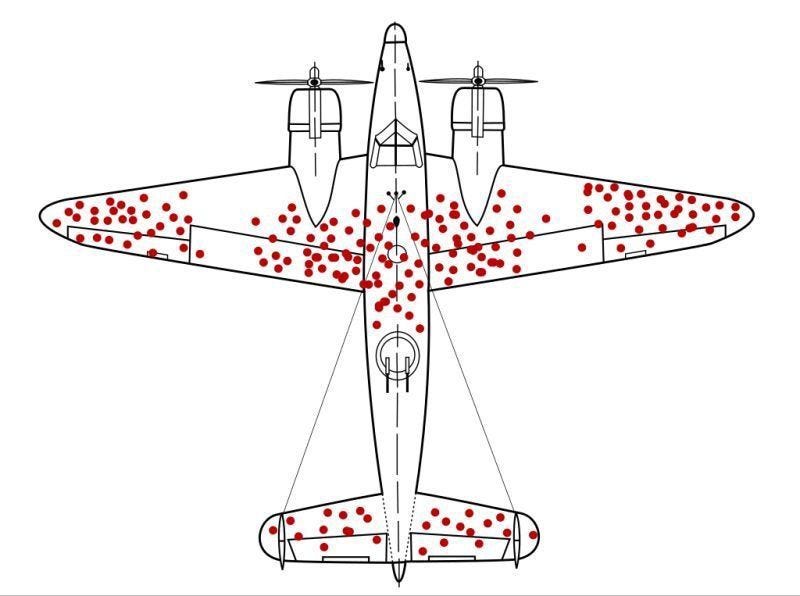“Spark some new thinking.”
That was Dave’s ask.
Dave is a good friend of mine and the CMO of a start-up.
He was doing an offsite last week and asked me to be the keynote speaker.
This offsite comprised his whole company and he wanted to inspire them to think more creatively.
Dave’s a former ad guy, so he loves advertising stories, but he reminded me that this was the whole company. Marketing folks, sure. But also finance, product development, manufacturing and sales.
A diverse audience that all needed to leave the offsite inspired to do their jobs more creatively.
This got me thinking about thinking. Not in an abstract way, although I do love and admire the work of someone like Edward de Bono and his lateral thinking theory.
No, this got me thinking about stories about thinking. What I call “Thinking Stories.”
I collected 10. I presented five. I’ll discuss three of them, briefly, here with you.
The first story is the Fosbury Flop. I first heard this story of defying convention from the “Father of Disruption” himself, Jean-Marie Dru.
In the shortest of strokes, Dick Fosbury, a track and field athlete, saw everyone doing the high jump one way — forwards. He figured out that you could get more height by going over backwards.
Fosbury’s revolutionary method worked so well, it not only earned him Gold at the 1968 Mexico City Olympics, it changed the sport forever.
The new thinking: See what everyone else is doing and try the opposite. It just might get you quantum results in an incremental world.
The next two stories were examples I read from legendary creative director Dave Trott.
One story was what I called “Plane Data.” This is the story of Alexander Wald, the mathematician who saved lives in World War 2. Again, in short strokes, there was data from returning US Air Force combat planes. The data looked clear: where there were bullet holes there should be re-enforcement.
What is the data NOT showing you?
But Wald looked at this situation differently. He knew this solution wouldn’t fly — literally. So he looked at what the data didn’t show. And concluded, correctly, that the re-enforcement should be placed where there were not bullet holes.
This action would increase the odds of planes and pilots returning.
The new thinking: What is the data NOT showing you?
The last story I’ll share here was another good one from Trott, bolstered by the book Shoe Dog and the film Air.
It’s the Nike and Michael Jordan story.
Again, in the shortest of strokes, how can a David beat Goliaths?
In this case, how could Nike sign Jordan over then-giants adidas and Converse?
The solution was a combination of product, marketing and creative financing.
Again, short strokes: Nike identified Michael Jordan as the perfect embodiment and endorser of their then-fledgling basketball brand.
To thwart Converse and entice adidas-devotee Jordan to come sign with Nike, they did some unconventional things.
First, Nike created a colorful, disruptive shoe. This shoe was custom- made for Michael. (Not an existing shoe that he would just step into and endorse.)
Nike also agreed to pay the NBA fines as this shoe violated the league’s design rules. (This controversial move would be the ad campaign without ads — the NBA would show and talk about the shoes on their programming — pretty much on every single televised game!)
Last bit: they gave their “celebrity endorser” equity in Nike. Indeed, Jordan and his family would earn money from every sale of every shoe — and they still do.
This kind of creative endorser-financing isn’t even done this much to this day.
The new thinking: What rule can you break — at a calculated cost? What rules can you change to make them work in your favor?
This whole project was really helpful for me — and something I can impart to you. Namely, start collecting “Thinking Stories.”
Because when you get stuck on an assignment you can ask yourself things like: “What’s the Flop here?” Or “What is the data NOT showing?” Or “Ok, here’s Goliath…where’s our slingshot? What are our stones?”
P.S. Here’s a list and links to other “Thinking Stories” I collected for this project that just might help you.
Rob Schwartz is the Chair of the TBWA New York Group and an executive coach who channels his creativity, experience and wisdom into helping others get where they want to be. This was originally posted on his Substack, RobSchwartzHelps, where he covers work, life, and creativity.
Banner image courtesy of author (created on Midjourney).
